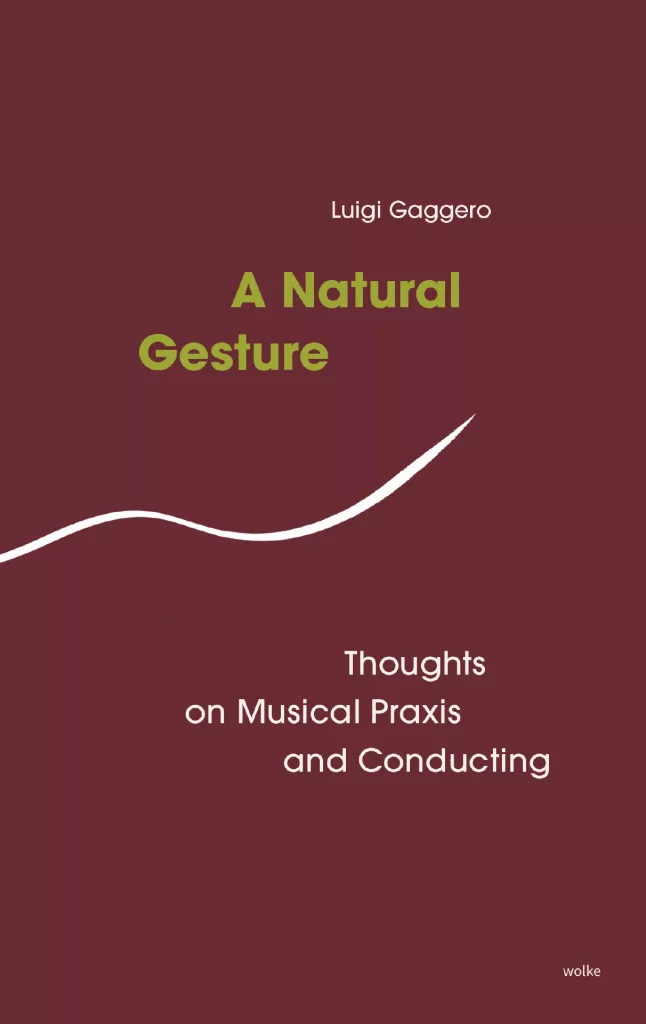This summer, I attened a conducting masterclass collaborating with Kyiv Symphny Orchestra in Germany, led by the famed cimbalonist and conductor, Luigi Gaggero.
I never anticipated that this course would transform into a truly transformative experience. Initially, I expected the familiar routine of a “regular” masterclass, involving discussions on gestures, postures, specific musical passages, and perhaps some emphasis on “eye-contact”, among other things. However, what unfolded was an entire week immersed in the realm of “Artistic Thinking”.
Indeed, the aspects mentioned in the “regular” routine of a masterclass are crucial elements in conducting. However, it’s essential to recognize that conducting techniques, although significant, serve as mere tools for conveying one’s musical ideas, philosophy, and poetic expression. Without a substantive foundation to express and refine, possessing a comprehensive set of tools becomes futile. The essence lies in the depth of what we aim to communicate and explore within the realm of music.
And that’s precisely why I consider it the most transformative course I’ve ever undertaken. Throughout the week, our afternoons were dedicated to profound discussions on the essence, the breathing, and the psychology of creating music. Additionally, Luigi, being one of the finest percussionists who has collaborated extensively with renowned conductors and orchestras, shared insights on “what musicians truly need”. Strikingly, his perspectives echoed, and delved even deeper into, what I had personally experienced and felt during my days as an orchestral musician. This resonance significantly made me believe “this is what I want to learn”.

Luigi’s book has just been published few months after the masterclass, and the insights he shared during the masterclass are intricately woven into its pages, albeit in a more profound manner. Having read the book twice, I find it to be the key to unlocking the essence of being a true musician. It emphasizes that, prior to taking on the role of a conductor, one must first embrace the identities of a musician, an artist, and, fundamentally, a human being.
I would like to conclude this post with a few insightful “quotes” from the book. I am eager for this valuable resource to reach more colleagues and fellow enthusiasts in the field. A must-read for conductors!
- The essence of a Maestro’s conducting style can never be fully grasped through mere external observation.
- …playing them together, with elegance and musicality, would already be enjoyable. But great music is never just “enjoyable”: what do those notes mean?
- The performer dreams a new dream of the past – thus helping the orchestra and the audience dreaming.
- The more silence there is within you, the easier it will be to achieve silence (and attention) around you.
- The conductor must always conduct the upbeat of their musicians, that is, helping them to breathe. Conducting after the upbeat means preventing the musicians from breathing, causing them to lose control over all musical parameters.
- You must share, through your listening, the love you have for the music you are conducting […] your musicians must be able to enter the music, and your love is the door that allows them to do it – together.
- Teaching means assisting the students in becoming themselves.

